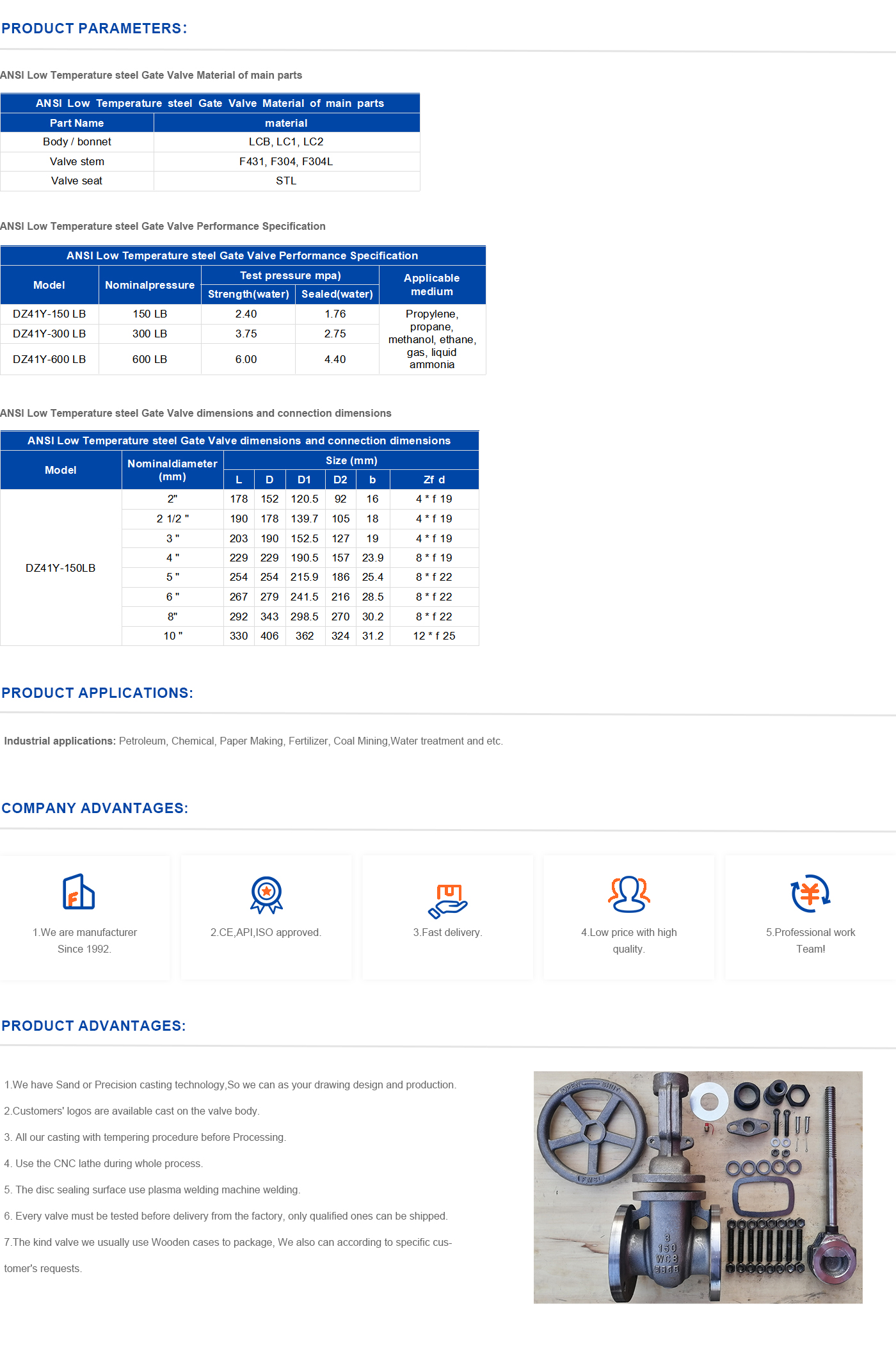Compact 1-Inch Electric Valve for Efficient Flow Control and Automation Solutions
Understanding the 1% Inch Electric Valve A Key Component in Modern Automation
Electric valves have become essential in various industries, facilitating efficient control over the flow of liquids and gases. Among the diverse range of electric valves available, the 1% inch electric valve stands out due to its compact size and exceptional utility. This article explores the characteristics, functionality, applications, and advantages of the 1% inch electric valve, shedding light on why it is a vital component in modern automation systems.
What is a 1% Inch Electric Valve?
The term 1% inch electric valve refers to a specific type of electric valve with a nominal diameter of 1 inch. These valves are operated by an electric actuator that controls the valve's opening and closing, allowing for precise management of flow rates. The electric actuator is typically powered by a standard electrical supply, providing quick and efficient operation of the valve in various industrial processes.
Characteristics and Functionality
One of the key features of a 1% inch electric valve is its ability to regulate flow with a high degree of accuracy. These valves can be designed to handle diverse media, including water, chemicals, and gases, making them suitable for numerous applications. The construction of these valves often includes durable materials such as brass, stainless steel, or plastic, ensuring they can withstand harsh conditions often found in industrial settings.
The operation of the electric valve is quite straightforward. When an electric signal is sent to the actuator, it moves in a controlled manner to either open or close the valve, regulating the flow of the medium passing through. Sophisticated models may include feedback systems to monitor and adjust the valve position automatically, enhancing process control and reducing the risk of human error.
Applications
1 inch electric valve

The applications of the 1% inch electric valve are vast. These valves are commonly used in water treatment plants, HVAC systems, chemical processing, and food and beverage manufacturing, among others. In water treatment, they play a critical role in controlling the flow of chemicals for disinfection and purification processes. In HVAC systems, they help regulate the flow of water or refrigerant, ensuring optimal heating and cooling efficiency.
Moreover, the food and beverage industry relies on the 1% inch electric valve to maintain hygiene standards and precise control over ingredients, ensuring product consistency and quality. The versatility and adaptability of these valves make them suitable for virtually any application that requires fluid control.
Advantages
The 1% inch electric valve offers several advantages over traditional manual valves. Firstly, their electric operation allows for remote control and automation, reducing the need for manual intervention. This can lead to increased efficiency and safety, particularly in hazardous environments where human presence should be minimized.
Additionally, electric valves can provide more precise flow control compared to their manual counterparts. This precision is crucial in processes that need stringent adherence to specifications, resulting in better product quality and reduced waste.
Finally, the integration of electric valves in automation systems can lead to substantial cost savings in the long run. By enhancing efficiency, minimizing downtime, and optimizing resource use, businesses can significantly improve their bottom line.
Conclusion
In summary, the 1% inch electric valve is a vital component in modern industrial automation. Its ability to provide precise control, facilitate remote operation, and adapt to various applications makes it an invaluable asset across numerous sectors. As industries continue to move towards increased automation and efficiency, the role of electric valves, particularly the 1% inch variant, will undoubtedly grow, driving innovation and transforming operational capabilities. Understanding their operation and benefits is essential for anyone involved in flow control and automation processes.
-
The Key to Fluid Control: Exploring the Advantages of Ball Valves in Industrial SystemsNewsJul.09,2025
-
The Versatile World of 1, 2, and 3 Piece Ball ValvesNewsJul.09,2025
-
Stainless Steel Ball Valves: The Ideal Choice for Efficient Flow ControlNewsJul.09,2025
-
Optimizing Fluid Control with Ball Float ValvesNewsJul.09,2025
-
Manual Gate Valves: Essential for Control and EfficiencyNewsJul.09,2025
-
Everything You Need to Know About Butterfly ValvesNewsJul.09,2025
-
The Versatility of Wafer Type Butterfly ValvesNewsJul.08,2025




